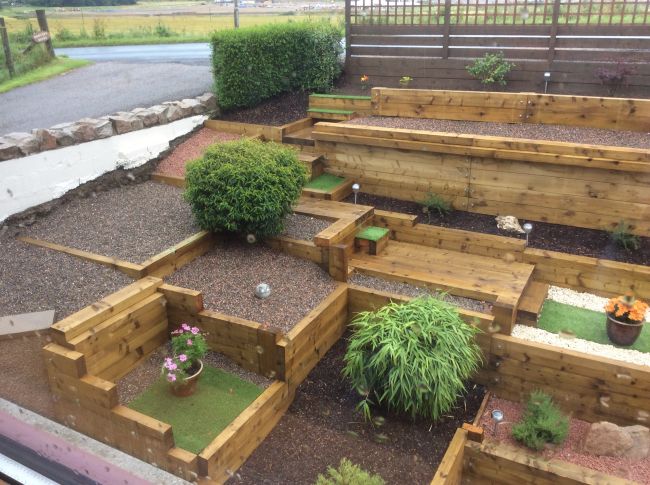
Image Source: Google
Over the years, pine railway sleepers have become a popular choice in construction due to their history and durability. Dating back to the early days of railways, these wooden beams were used to support and stabilize the tracks, ensuring the safe transportation of goods and passengers. Today, they have found a new life outside of railway applications and are commonly used in landscaping, gardening, and construction projects.
One of the key factors that contribute to the popularity of pine railway sleepers is their durability. Pine wood is known for its strength and resistance to wear and tear, making it an ideal material for outdoor use. The natural properties of pine wood make it resistant to decay, rot, and insect infestations, ensuring that the sleepers will last for many years without the need for frequent replacements.
Another reason why pine railway sleepers are a preferred choice in construction is their affordability. Compared to other types of materials such as concrete or steel, pine sleepers are more cost-effective while still providing the necessary support and stability for various structures. This makes them an attractive option for contractors and homeowners looking to complete their projects within budget without sacrificing quality.
Despite their durability, pine railway sleepers do require some maintenance to ensure their longevity. Regular inspections for signs of wear, rot, or insect damage are necessary to catch any issues early on and prevent further damage. Additionally, applying a fresh coat of sealant or stain every few years can help protect the wood from moisture and UV exposure, prolonging the life of the sleepers.
As the railway industry grew, so did the demand for pine railway sleepers, leading to large-scale production and innovation in wood processing technologies. Today, pine sleepers are still used in railway construction, but they have also found widespread use in landscaping and construction projects around the world. Their versatility and adaptability make them a popular choice for a variety of applications.
In conclusion, pine railway sleepers have a long history dating back to the early days of railways and continue to be a durable and cost-effective option for construction projects today. Their natural strength, resistance to decay, and affordability make them a practical choice for outdoor structures such as retaining walls, garden beds, and pathways.